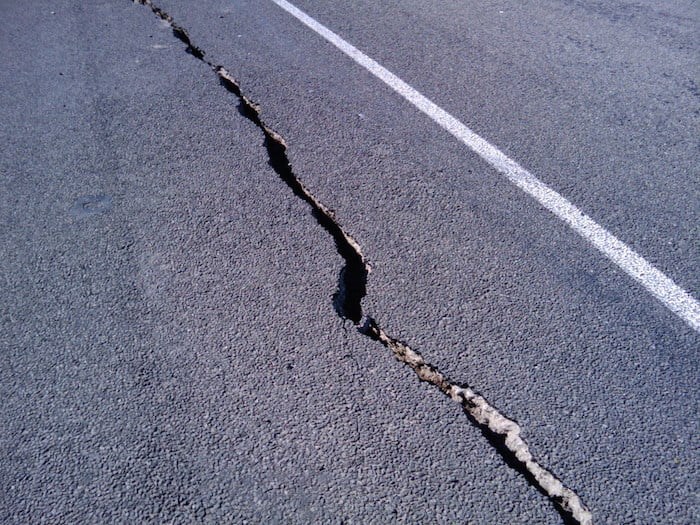In the last 24 hours, a devastating 7.8-magnitude earthquake has rocked Turkey and Syria killing thousands and displacing tens of thousands more. Within hours, parts of Ontario and New York also felt a less powerful 3.8-magnitude earthquake. While less serious, it was still stronger than any quake the region had felt in 40 years.
Whenever events of this nature occur, Vancouverites are reminded of "the big one." The west coast of British Columbia anticipates a magnitude nine seismic event and tsunami like the one caused by a "megathrust" earthquake in Japan in 2011.
Megathrust earthquakes are due to tectonic plates slipping under one another along fault lines (which B.C.'s coast happens to be on). It is impossible to predict the timing of these events but experts suspect that we are overdue so the provincial and federal governments have been preparing for the damage it could cause.
Up to 50 earthquake sensors are being installed around British Columbia as part of the national Earthquake Early Warning system which is expected operational by 2024 but in the meantime, people in Metro Vancouver have questions and fears.
Lower Mainland residents should be taking precautions and preparing for an earthquake like the one seen in Turkey. We have seen the questions you're asking and have put together some answers.
What to put in an earthquake kit
An earthquake kit should include basic supplies to last you and your family for three to seven days. This includes water (typically four litres per person per day), non-perishable food, a first aid kit, a flashlight (with extra batteries), phone chargers with portable battery banks, face masks and seasonally appropriate clothing, and tools like shovels, crowbars, and safety goggles.
Kits should also include garbage bags, toilet paper, wipes, and any essential medications. If you have kids or pets, diapers and pet food should also be in there.
Copies of documents like insurance papers, health care numbers, and the contact information of friends, family members, and neighbours that you could call upon for help should also be included along with cash in small bills.
Experts also advise having an emergency kit in their car or even at work.
What does an earthquake plan look like?
Once your emergency kit is packed, put it in a safe accessible place (ideally near the front door or an escape route) and make sure every member of the household knows where it is.
Creating an emergency plan, earthquake or otherwise, should always start with deciding on a meeting place outside of the home in case you or other members of your household are separated when the emergency happens. Also, have a backup plan if you're left without cell service or internet.
A disaster plan should also include making note of the location of all utilities so they can be switched off if necessary.
The City of Vancouver has a 10-step family emergency preparedness worksheet that includes pre-identifying any hazards (tip: keep slippers next to the bed so you don't have to step on broken glass) and assigning an out-of-area contact. The city also offers free preparedness workshops and resources.
What type of building is safest in an earthquake
Some locals have expressed concern over tall buildings and tunnels in an earthquake while others are wondering specifically what kinds of structures are the safest in Vancouver.
A map made by the City of Vancouver simulates a 7.3-magnitude earthquake in the Georgia Strait and shows the potential concentration and severity of damage to buildings. The most dangerous areas to be in according to the map are the downtown core and the Strathcona, and DTES neighbourhoods. Hastings-Sunrise, East Vancouver, Killarney, and South Vancouver are in the green zone. The other western neighbourhoods are in the yellow zone.
This estimation is based on the assumption that older multi-family residential and commercial buildings constructed of concrete, wood, and brick would account for the majority of damage.
Newer buildings have been constructed with seismic resiliency in mind and while some buildings may not collapse in an earthquake, they may be rendered unlivable due to structural damage.
Don't be scared, be prepared
There is a lot of fear following the earthquake in Turkey but many experts advise against letting that get the best of you. The mantra, "don't be scared, be prepared," is the crux of many emergency preparedness seminars. Understanding the risks and how earthquakes work will help you mitigate damage and injury as much as you can.
With files from Mina Kerr-Lazenby, Sandra Thomas, Lindsay William-Ross, and The Canadian Press.



